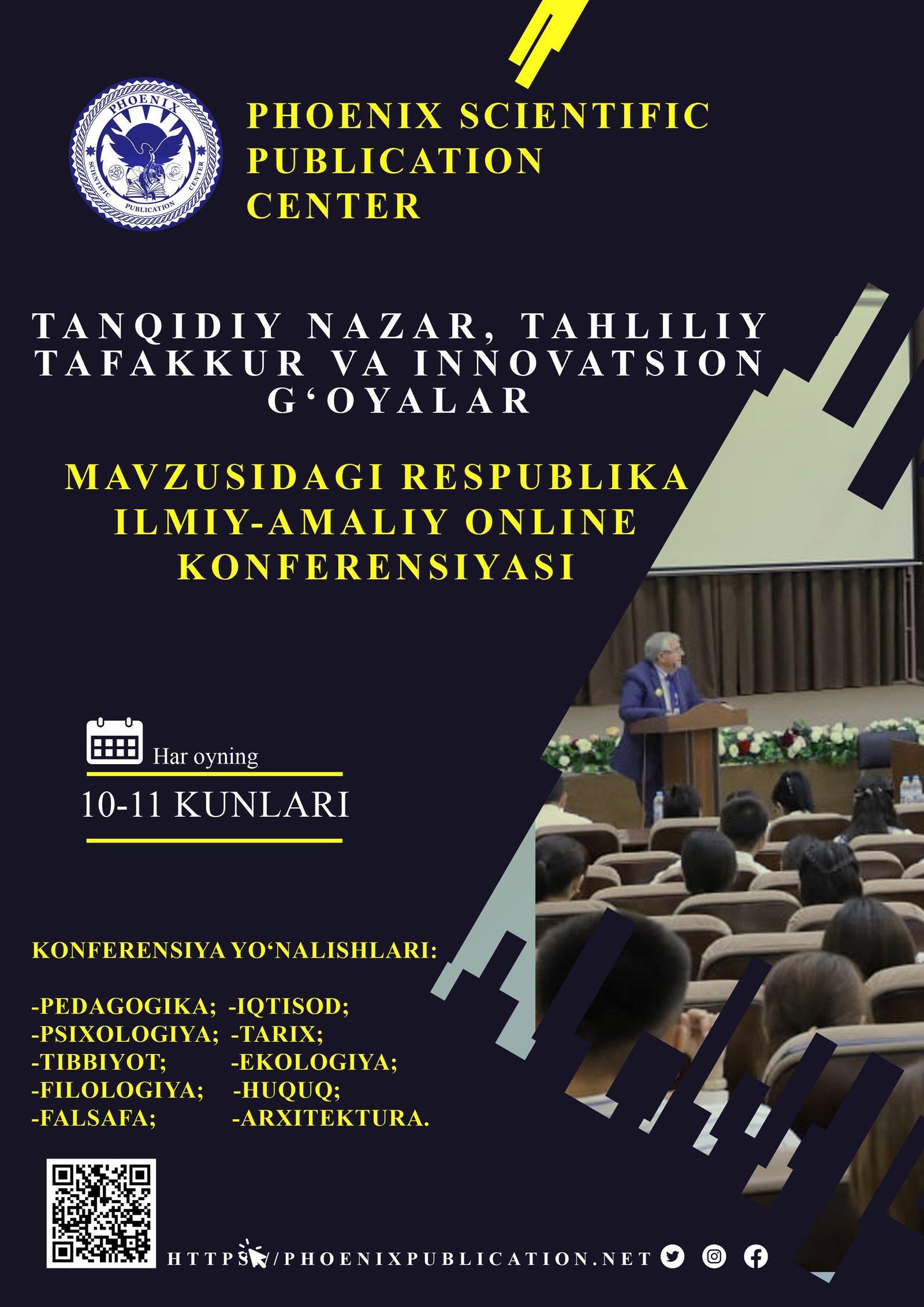Abstract
This article analyzes the influence of external and internal motivation on the process of learning English. The study shows that internal motivation plays an important role in students' deeper and independent language acquisition, while external motivation is effective in temporarily stimulating activity and results. The article presents pedagogical recommendations for improving the effectiveness of language learning by combining two forms of motivation. The results confirm the need to combine internal and external motivation to make the learning process interesting and effective.
References
1. Deci, E. L., & Ryan, R. M. (1985). Intrinsic motivation and self-determination in human behavior. New York: Plenum.
https://selfdeterminationtheory.org/SDT/documents/1985_DeciRyan.pdf
2. Gardner, R. C. (1985). Social Psychology and Second Language Learning: The Role of Attitudes and Motivation. London: Edward Arnold
https://books.google.com/books?id=F1ICAAAAMAAJ
3. Dörnyei, Z. (1994). Motivation and motivating in the foreign language classroom. The Modern Language Journal, 78(3), 273-284. https://doi.org/10.2307/329107
4. Ushioda, E. (2011). Language learning motivation, self and identity: Current theoretical perspectives. Computer Assisted Language Learning, 24(3), 199-210. https://doi.org/10.1080/09588221.2010.538701
5. Akbarova, N. (2019). The role of motivation in teaching foreign languages in Uzbekistan. International Journal of Education and Learning, 8(1), 45-52. https://ijel.uz/index.php/ijel/article/view/35
6. Usmonova, S. (2021). Influence of intrinsic and extrinsic motivation on English language learning among Uzbek students. Journal of Language and Education, 7(2), 112-120. https://jle.uz/article/view/101
